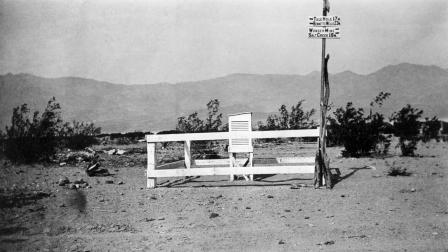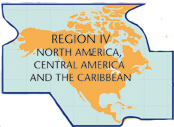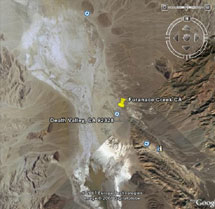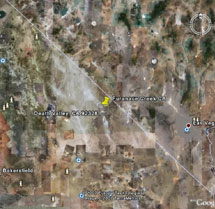WMO Region IV (North America): Highest Temperature
| Record Value | 56.7°C (134°F) |
|---|---|
| Date of Record | 10/7/1913 |
| Length of Record | 1911-present |
| Instrumentation | Regulation Weather Bureau thermometer shelter using maximum thermometer graduated to 135°F |
| Geospatial Location | Furnace Creek, CA [36°27'N, 116°51'W, elevation: 54.6m (179ft)] |
References
Court, 1949: How hot is Death Valley? Geographical Review, 39, pp. 214-220;World Meteorological Organization Assessment of the Purported World Record 58ºC Temperature Extreme at El Azizia, Libya (13 September 1922), K. El Fadli, R.S. Cerveny, C.C. Burt, P. Eden, D. Parker, M. Brunet, T.C. Peterson, G. Mordacchini, V. Pelino, P. Bessemoulin, J.L. Stella, F. Driouech, M.M Abdel wahab, M.B. Pace, Bulletin of the American Meteorological Society. doi: http://dx.doi.org/10.1175/BAMS-D-12-00093.1
Discussion
After examining the temperature record in detail, Court noted that this temperature may be the result of a sandstorm that occurred at the time. Such a storm may have caused superheated surface materials to hit upon the temperature in the shelter.
Previous world record of 58C recorded at El Azizia Libya was reviewed (2010-2012) by a World Meteorological Organization (WMO) Commission of Climatology (CCl) special international panel of meteorological experts conducted an in-depth investigation of the long-held world-record temperature extreme of 58ºC (136.4 ºF). That temperature (often cited by numerous sources as the highest surface temperature for the planet) was recorded at El Azizia (approximately 40 kilometers south-southwest of Tripoli) in what is now modern-day Libya on 13 September 1922.
The investigating committee (including experts from Libya, Italy, Spain, Egypt, France, Morocco, Argentina, United States, and United Kingdom) identified five major concerns with the 1922 El Azizia temperature extreme record, specifically (a) problematical instrumentation, (b) a likely inexperienced observer, (c) an observation site which was not representative of the desert surroundings, (d) poor matching of the extreme to other nearby locations and (e) poor matching to subsequent temperatures recorded at the site. The WMO evaluation committee concluded the most compelling scenario for the 1922 event was that a new and inexperienced observer, not trained in the use of an unsuitable replacement instrument that could be easily misread, inproperly recorded the observation and was consequently in error by about seven degrees Celsius. Based on these concerns, the WMO CCl World Archive of Weather and Climate Extremes has rejected the 58ºC temperature extreme measured at El Azizia in 1922.
Panel evaluation is published in the Bulletin of the American Meteorological Society.
Images

Photograph of old Greenland Ranch Station, California, USA

WMO Region IV (North America)

Closeup Satellite Image of modern Furnace Creek Ranch, California, USA

Regional Satellite Image of modern Furnace Creek Ranch, California, USA